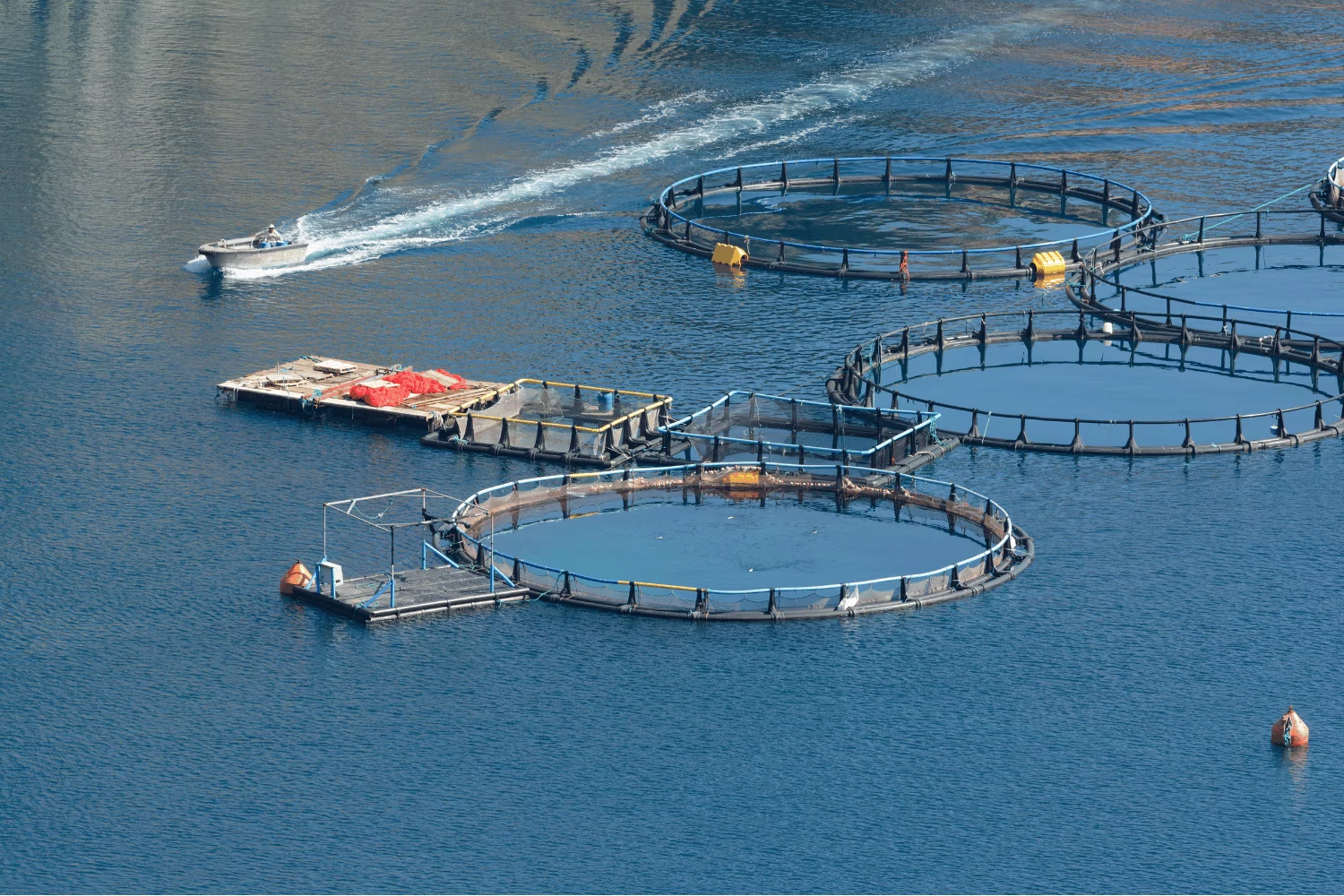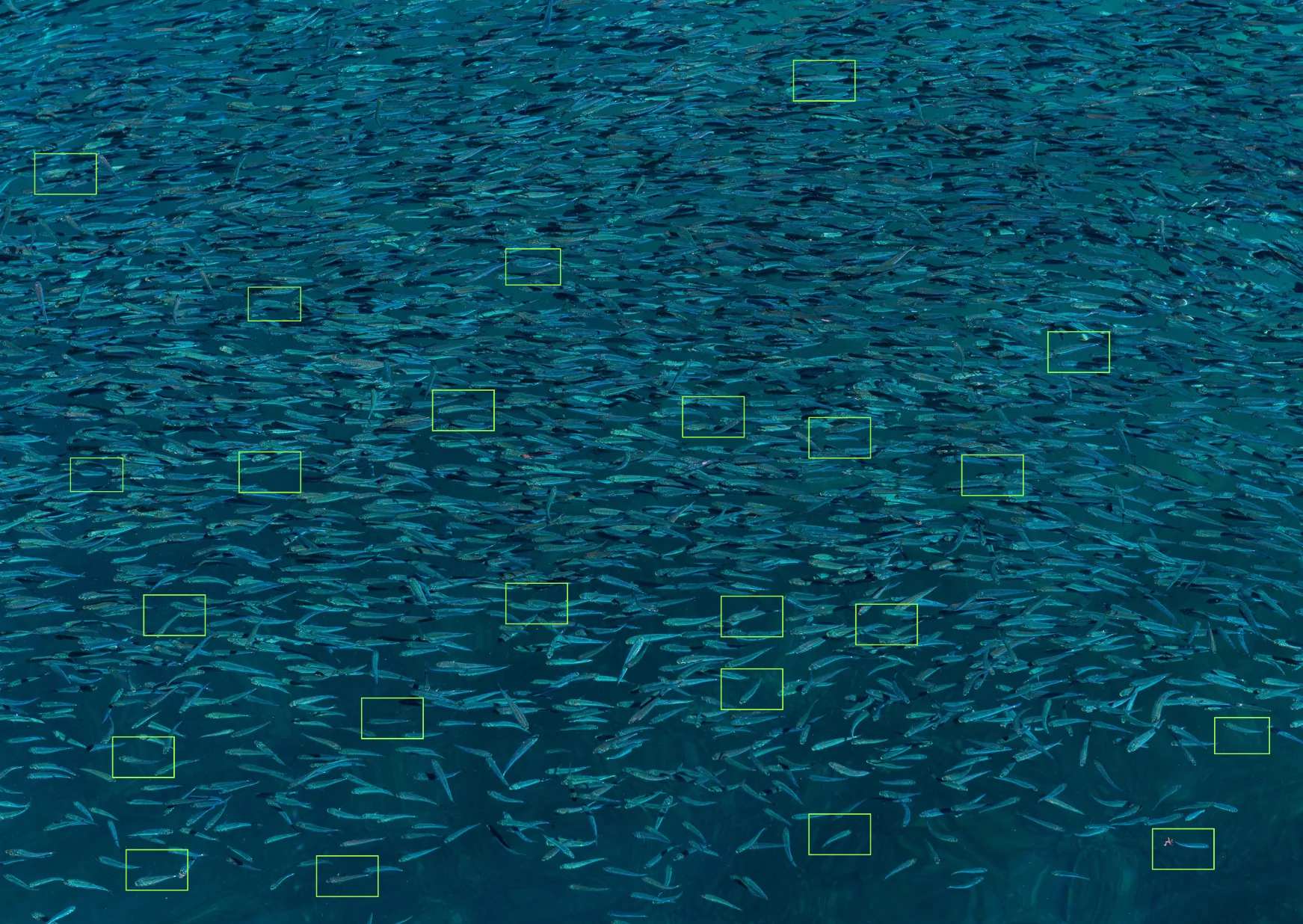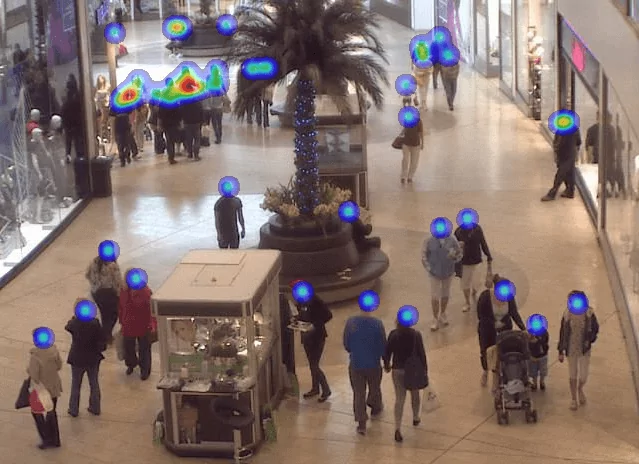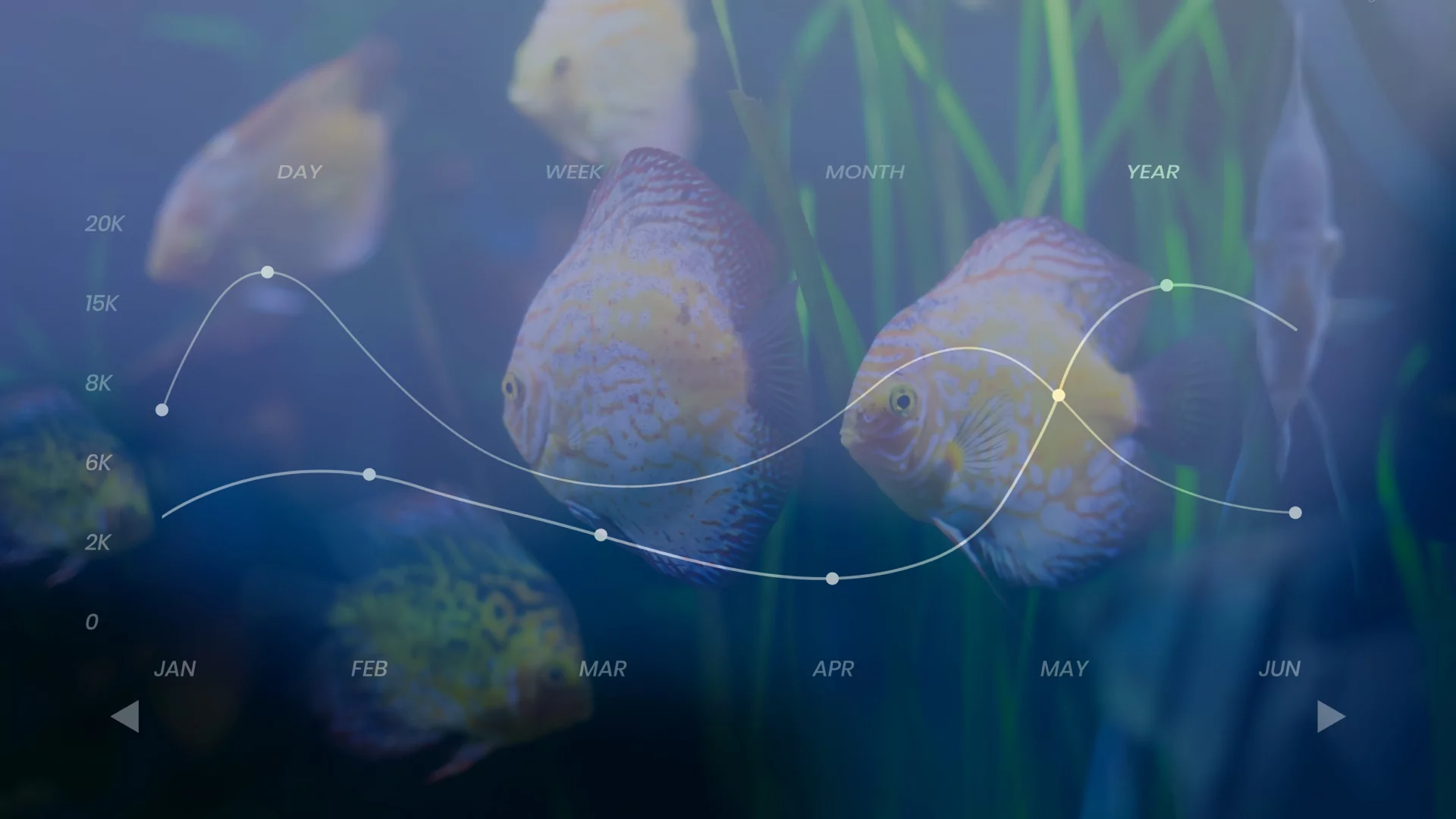The field of aquaculture, including shrimp and clam farming, is currently facing a sea of challenges. Yet, as the need for optimization becomes increasingly apparent, a beacon of hope emerges in modern aquaculture technology; one of them is driven by the power of AI (artificial intelligence) and AI compliance.
Recent advances in aquaculture research have showcased the effective use of AI in various aspects of fish farming. Chen et al. (2022) developed a deep learning system for detecting irregularities in cage-cultured grouper, achieving 98.94% accuracy. Darapaneni et al. (2022) introduced a disease detection system for artisanal farmers using underwater cameras and AI, ensuring swift data processing. Chen et al. (2021) applied AI for accurate shrimp feed prediction with only a 3.7% error margin. Gonçalves et al. (2022) and Natsuike et al. (2022) explored AI for counting fingerlings and tracking scallop growth, demonstrating high accuracy and efficiency in their methods.
Example of Implementing AI in Aquaculture
In the domain of production aquaculture, while there exists a degree of skepticism or reluctance among certain industry practitioners regarding the full-scale integration of artificial intelligence, forward-thinking entities like NeuroSYSys are charting a proactive course.
NeuroSys has engineered an intricate automatic object counting for an industrial shrimp farm, leveraging the advanced methodologies of deep learning.
This Proof of Concept hinges on sophisticated Computer Vision deep learning models adept at accurately estimating shrimp populations based on imagery from industrial settings.
Notably, the system can be used for more than just shrimp farming. It can also be used for salmonid, decapod crustacean, and bivalve mollusk farming, showing that it has much potential to support sustainable aquaculture practices.
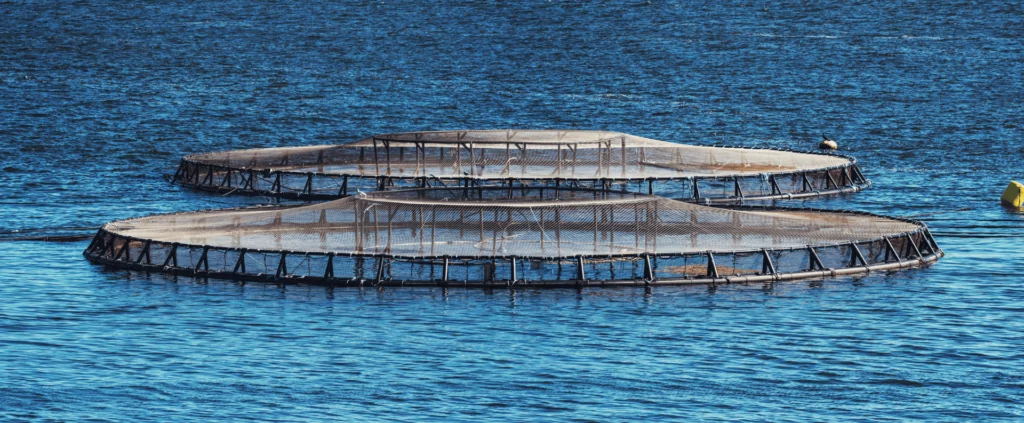
The Main Problems of the Aquaculture Industry
The industry’s primary problems include imprecise counting of shrimp sizes, lack of accurate data, and difficulties maintaining the quality and health of shrimp in various growing conditions. And this is just the tip of the iceberg.
Manual Shrimp Sizes Count
To start with, shrimp farms face significant challenges with manual measurement. When manually counting the number of shrimps, human errors are easy to make, and such methods may stress aquatic animals. Innovation is, therefore, essential, and including AI-driven technology solutions in shrimp count size is a crucial step towards more accurate and reliable data for better management.
Preserving Shrimps’ Health
Another problem in shrimp farming is the struggle to maintain the health of the species. Disease outbreaks, exacerbated by overcrowding and poor water quality, can lead to significant losses. These conditions weaken the aquatic animals’ immune systems, making them more susceptible to disease. Insufficient nutrition, excessive feed retention, and inadequate sanitation worsen the situation. At the same time, using antibiotics and chemicals for treatment poses risks of antibiotic-resistant pathogens and environmental damage. Therefore, in this area, it is essential to implement proven aquaculture technologies that reduce the losses of the seafood farming sector.
Sustainable Aquaculture Issues
We can all agree that aquaculture in the 21st century must be founded on sustainable methods, yet these approaches necessitate the wise use of natural resources. Only it can ensure long-term profitability while minimizing environmental harm.
In our view, responsible management entails:
- sustainable feed sourcing,
- efficient use of resources,
- waste minimization,
- implementation of aquaculture technology on shrimp farms.
All the above components increase shrimp farms’ profitability, biomass health resilience, and compliance with global sustainable development goals.
To learn more about implementing aquaculture farming technology in shrimp-fish farms, check out case studies on automatic object counting for an industrial shrimp farm.
Data Collection
The aquaculture sector also needs help with data collection and quality. This is due to a need for standardized tools, existing systems, and qualified personnel to analyze complex measurements such as water quality and fish health. The result needs to be more consistent data, making effective decision-making difficult.
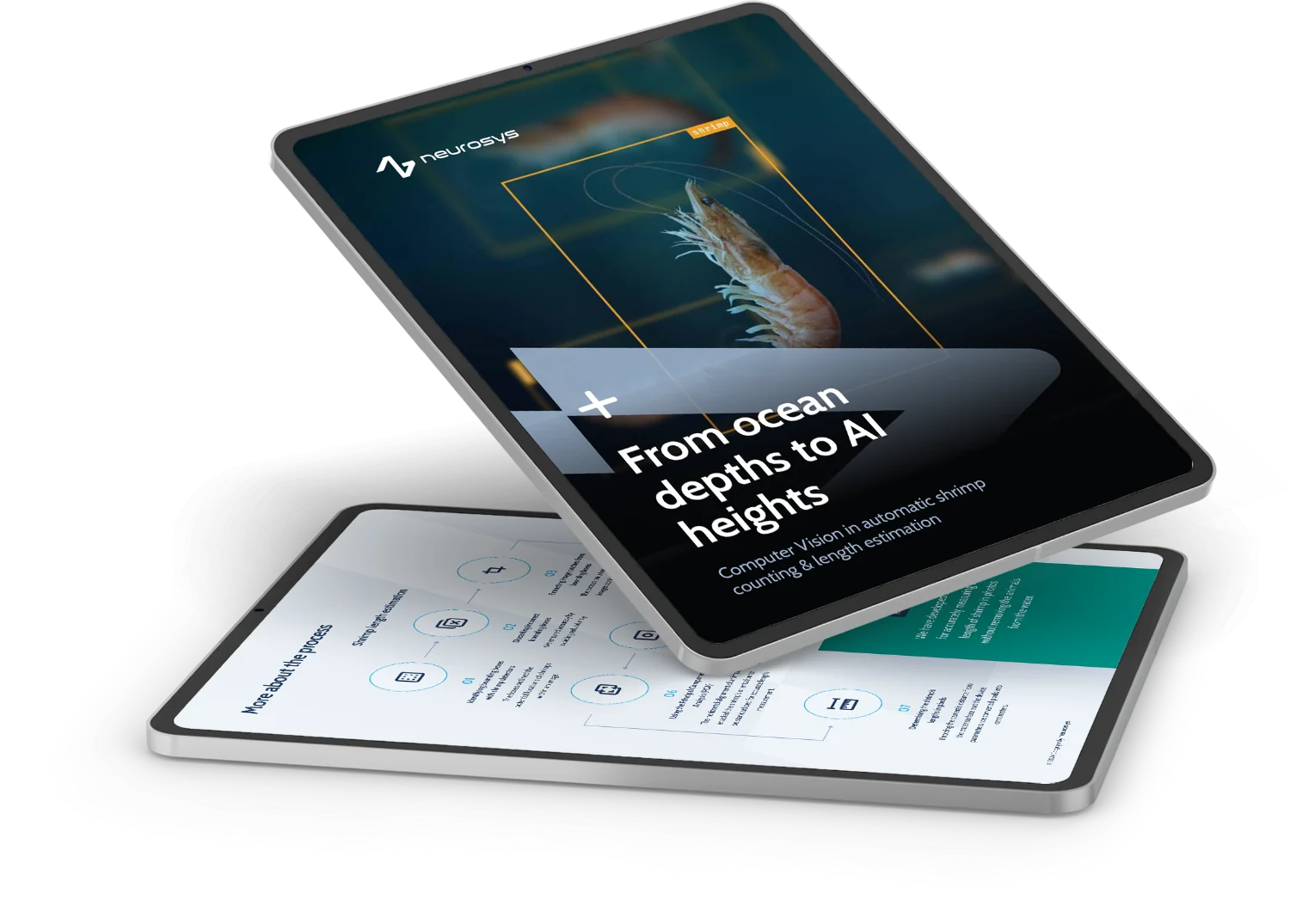
AI in Aquaculture Technology
AI in aquaculture farming is essential for responsible adoption, ensuring its ethical and sustainable use in optimizing shrimp farm production and beyond. AI software enhances feeding patterns and maintains water quality, increasing yields.
Furthermore, accurate data gathering and fish processing are critical for optimal results in aquaculture production. Integrating AI-powered technologies can streamline this process, providing more efficient and trustworthy big data management.
Artificial intelligence is not just a buzzword. It promises to redefine the problems of aquaculture. To enter the future of efficiency, sustainability, and responsible agriculture, it is high time to implement modern aquaculture technology, and the basis should be AI-based software. Artificial intelligence solutions enable, among others, real-time biomass monitoring automation, early disease detection, and more precise and efficient shrimp-fish farming management for the 21st century.

AI’s Game-Changing Potential in Aquaculture Technology
AI is poised to revolutionize shrimp farms and aquaculture technology in the years at large in several crucial ways:
Automating Shrimp Size Count
AI digitalizes the monitoring of shrimps, offering accurate real-time data through machine learning models that automatically detect, recognize, and count shrimps. AI-powered aquaculture technology also optimizes feeding patterns and environmental data analysis.
Preserving Fish Health
Intelligent sensors in AI software can track water quality parameters, enabling early detection of health problems. Based on this data, AI can adjust nutritional plans. This helps diagnose and prevent diseases and eliminates stress in shrimp and other seafood.
Promoting Sustainability
AI optimizes production efficiency, mitigates environmental impacts, and supports responsible feed sourcing. It analyzes weather patterns, water temperature, and environmental factors, assists in traceability and certification, and offers insights through data analysis.
AI-Driven Data Analysis
Software driven by an AI provides real-time insights, predicts outcomes of things, and enhances decision-making through algorithm-powered data analysis.
Aquaculture Technology Providers and the AI Challenge
Companies specializing in IT solutions for aquaculture need help implementing AI software.
One of the central challenges revolves around integrating AI with diverse and often complex aquaculture systems. Aquacultural technology companies must ensure their AI systems seamlessly integrate with complex shrimp farm systems.
They also need to collect high-quality data and then use it to train and validate AI in agriculture.
Financial stability is crucial for providing advanced solutions in the aquaculture sector. Checking for a qualified AI consultant and R&D (research and development) resources is essential.
Finally, strong technical and substantive support and human expertise from the AI provider is necessary for successful AI implementation in shrimp farming.
AI In Aquaculture Technology: How To Find A Solid Software Provider?
You can unthinkingly look for a software provider or start on the right path now: contact NeuroSYS and book your one-hour free consultation.
At NeuroSYS AI company, we provide AI software for seafood farm operators and other industrial applications and agricultural sectors. We ensure the seamless integration of our AI solutions with various aquaculture systems. You receive a system that easily adapts to your existing configuration, technical support, and implementation training.
At NeuroSYS, we deeply understand the complexities involved in aquaculture technology and the potential value of high-quality data. We continually use the newest technologies and concentrate on innovative research and development. We’ll give you a competitive edge and revolutionize your shrimp farming. Contact us to learn more.
